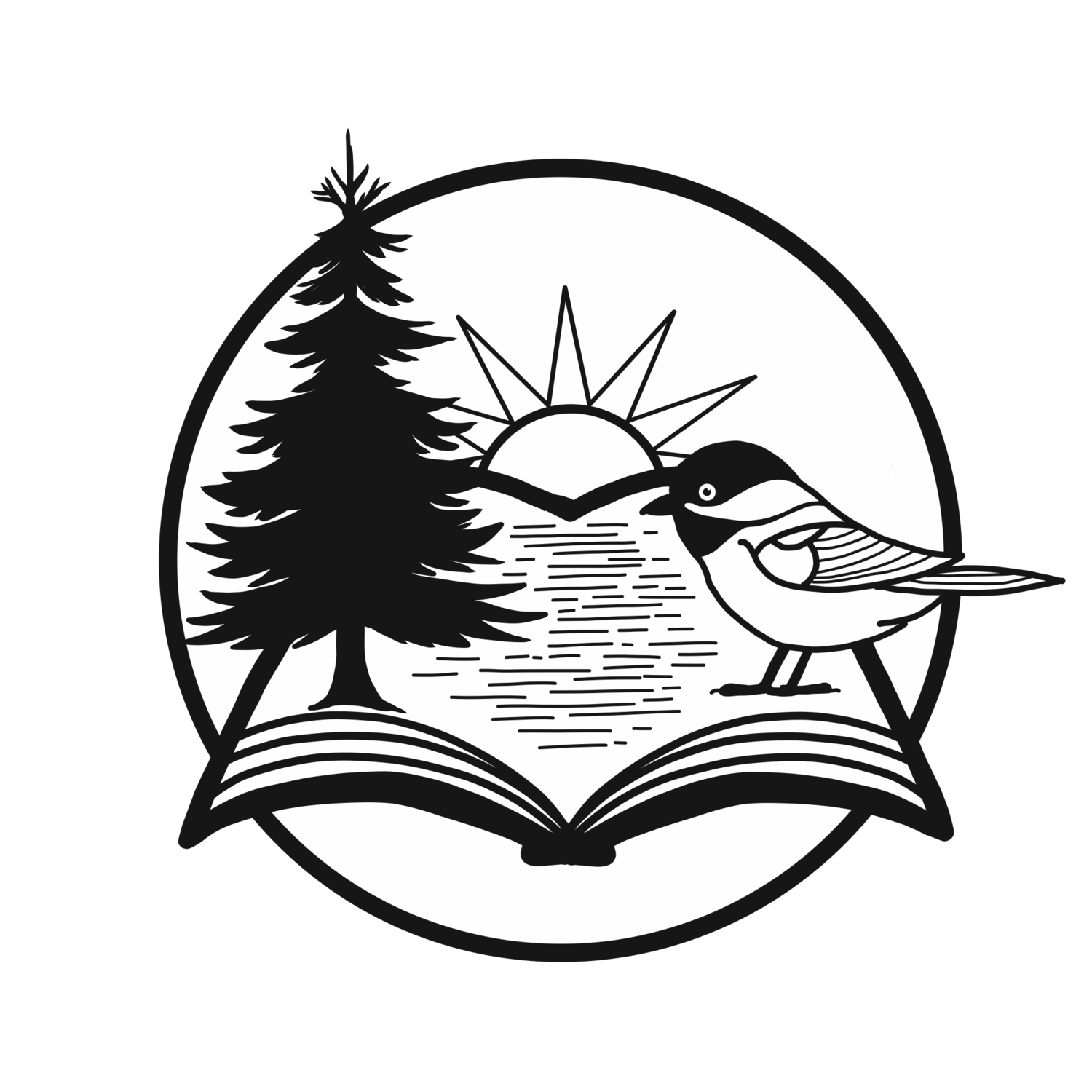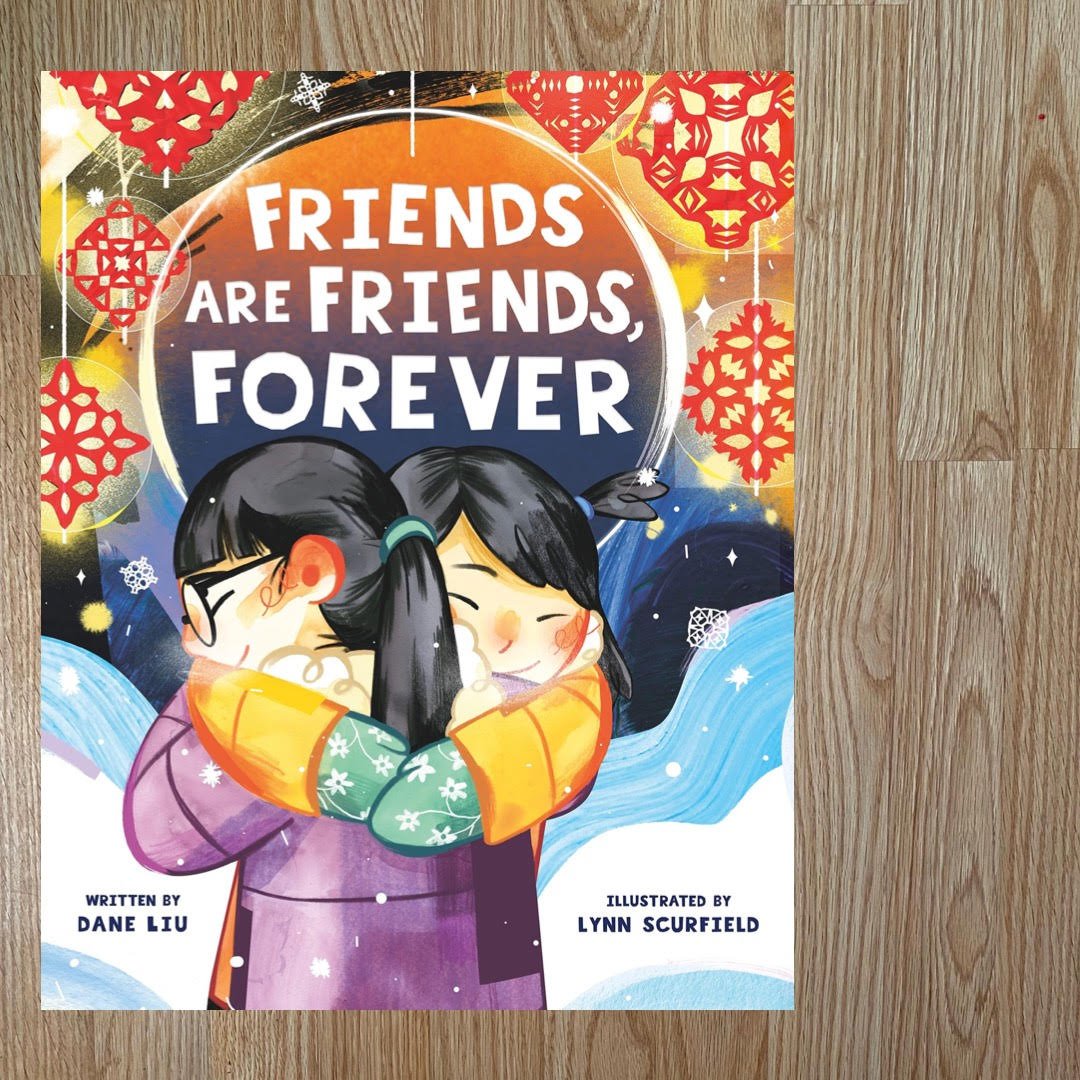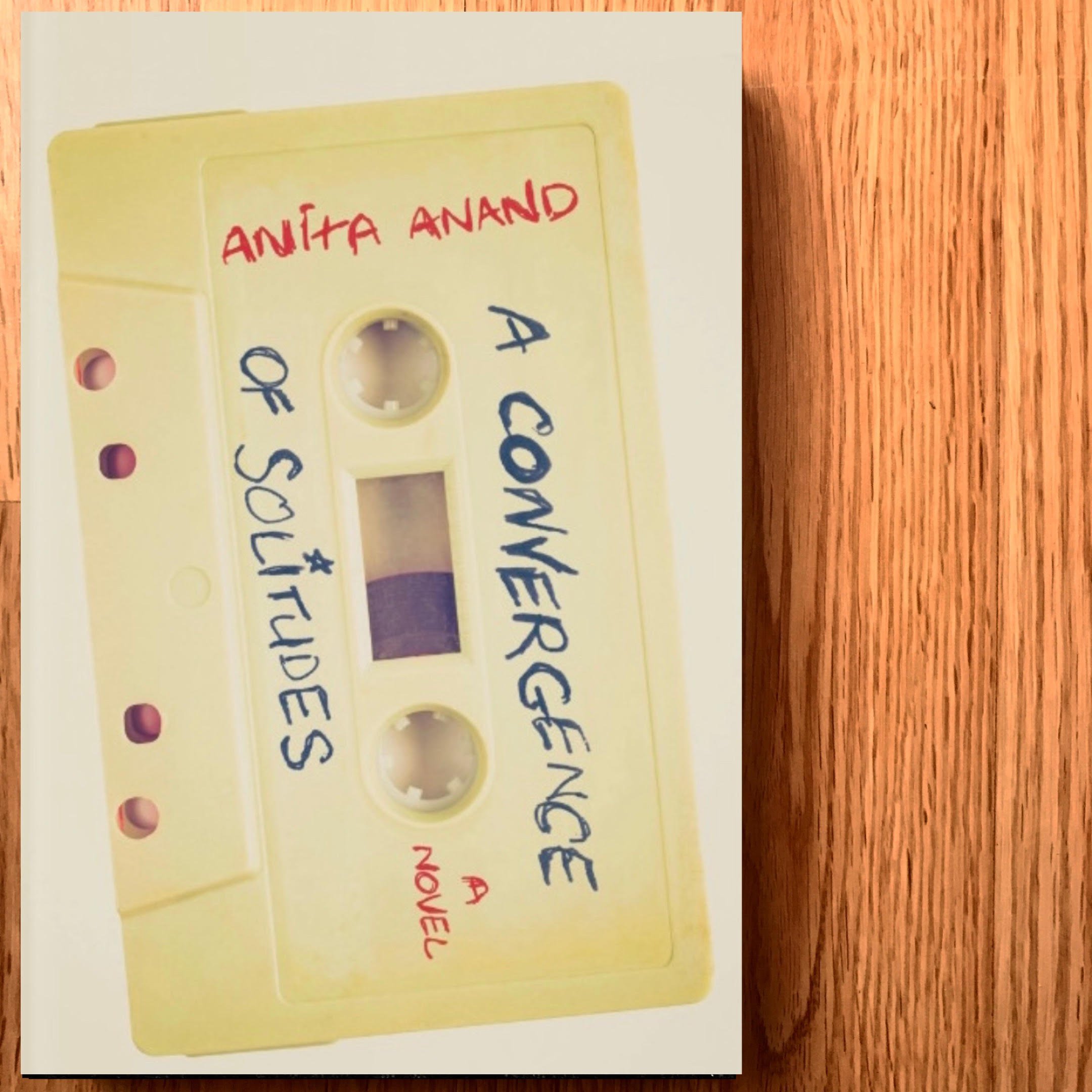With Kaylie Seed
Photo by Sophie Jai
The main themes in Wild Fires are grief and family. Where did the inspiration for these themes come from? Were these difficult to write about?
I thought about the story I wanted to write most before I died. I once heard somewhere that a writer’s debut novel is a “clearing of the throat.” Now that I’ve cleared my throat, I feel like I can move on to other stories. Maybe thousands of years from now, someone – or an alien, even (!) – will stumble upon my book, and experience another story in the catalogue of human stories.
I was keen to write about family because it’s the first social universe we experience before we go out into the world. A house is a world on its own – perhaps the only real world. The space of a family’s house is incredibly intimate, exclusive, and delicate. Any change in its ecosystem can change its balance forever. I think grief is the most disruptive of these changes. It was enthralling to explore.
As this is your first book, what surprised you about the research you had to do and what areas did you dig into to help bring your novel to life?
In researching setting, there wasn’t much surprise for me. I was born and raised in Trinidad, so I could write about the island confidently by drawing from my own memories of its details. Sometimes the saboteur chimed in. It convinced me that I was, indeed, misremembering things, and what I was remembering was wrong, and Trinidadian readers would discover I was a fraud. For example, I remembered a car with a megaphone on its roof that drove around our villages announcing weekly news, like marriages and death. I was sure of the memory and yet unsure at the same time. I ended up Googling it and running it by my family for complete confirmation.
In terms of place though (the house), I wanted to explore the psychology of houses and its effect on its inhabitants. Gaston Bachelard’s The Poetics of Space was a steady companion to me for this purpose.
Wild Fires takes the reader between Canada and Trinidad. What did you enjoy learning and writing about these different places and their timelines?
Writing about Trinidad and Toronto allowed me to put in writing what I loved about these two homes of mine. I loved capturing their minute details, special only to my memories and the backdrop to my short time on Earth. I especially loved the contrast between a small, hot island and the wintry, cold city, and that even though one can get on a plane and move across the ocean, grief can take its seat right next to you.
There are many different characters in Wild Fires, who was your favourite character to write and why?
It’s a tie between Sangeetha and Rani. Sangeetha is the bathetic, melodramatic poet of the family. She wears a heavy eyeliner, red lip, and a dotted-on mole that moves with the phases of the moon. On a day in which she felt particular vengeful, she drew her eyebrows on in the shape of devil horns. She is wild, but empathetic, extroverted, but insulated.
Rani, on the other hand, is Sangeetha’s complete opposite. I loved writing Rani’s story because she was a character that other characters simply didn’t understand. In this way, the reader is privy to information that characters in the book aren’t. There’s a shared secret between the reader and Rani. It felt mischievous to write, pitting these characters against each other.
What is your “must-read” book recommendation and what book has had the most impact and influence on your writing?
Jefferey Eugenides’ The Virgin Suicides taught me the cohesiveness and tightness of good writing and storytelling.
Doireann Ní Ghríofa’s A Ghost in the Throat renewed my purpose in writing as a woman.
Shaun McNiff’s Trust the Process, which I read very early on as a writer, is a beautiful artist’s companion. It’s nurturing, meditative, and kind.
David Chariandy’s Soucouyant showed me (also very early on) that characters like me and my family do exist in fiction, and thus inspired me to put pen to paper.
What advice would you give to aspiring authors who are trying to navigate the publishing world?
Unfortunately, get on the hellsite that is Twitter. Following publishers, agents, book media websites, literary organizations, and emerging writer awards shows you how many opportunities are out there for new writers.
Do you have another novel in the works or a new project you’re working on?
I think so…
Author Biography
Sophie Jai is the author of WILD FIRES (HarperCollins, August 23, 2022). The novel was longlisted for the 2019 Bridport Prize Peggy Chapman-Andrews Award, and she was a 2020 Writer-in-Residence and Visiting Fellow at the University of Oxford, and will be a Kellogg Scholar at Oxford from ’22-’24. She is an alumna of the Humber School for Writers in Toronto where she studied under Olive Senior. She was born and raised in Trinidad, and grew up in Toronto. She currently lives between London and Toronto.





















